Dwyer is committed to aiding in the fight against COVID-19. We have several products that are used in hospitals and the production of ventilators. Ventilators are used to aid COVID-19 patients who have low oxygen levels, support their breathing, and bring oxygen levels to a safe range.
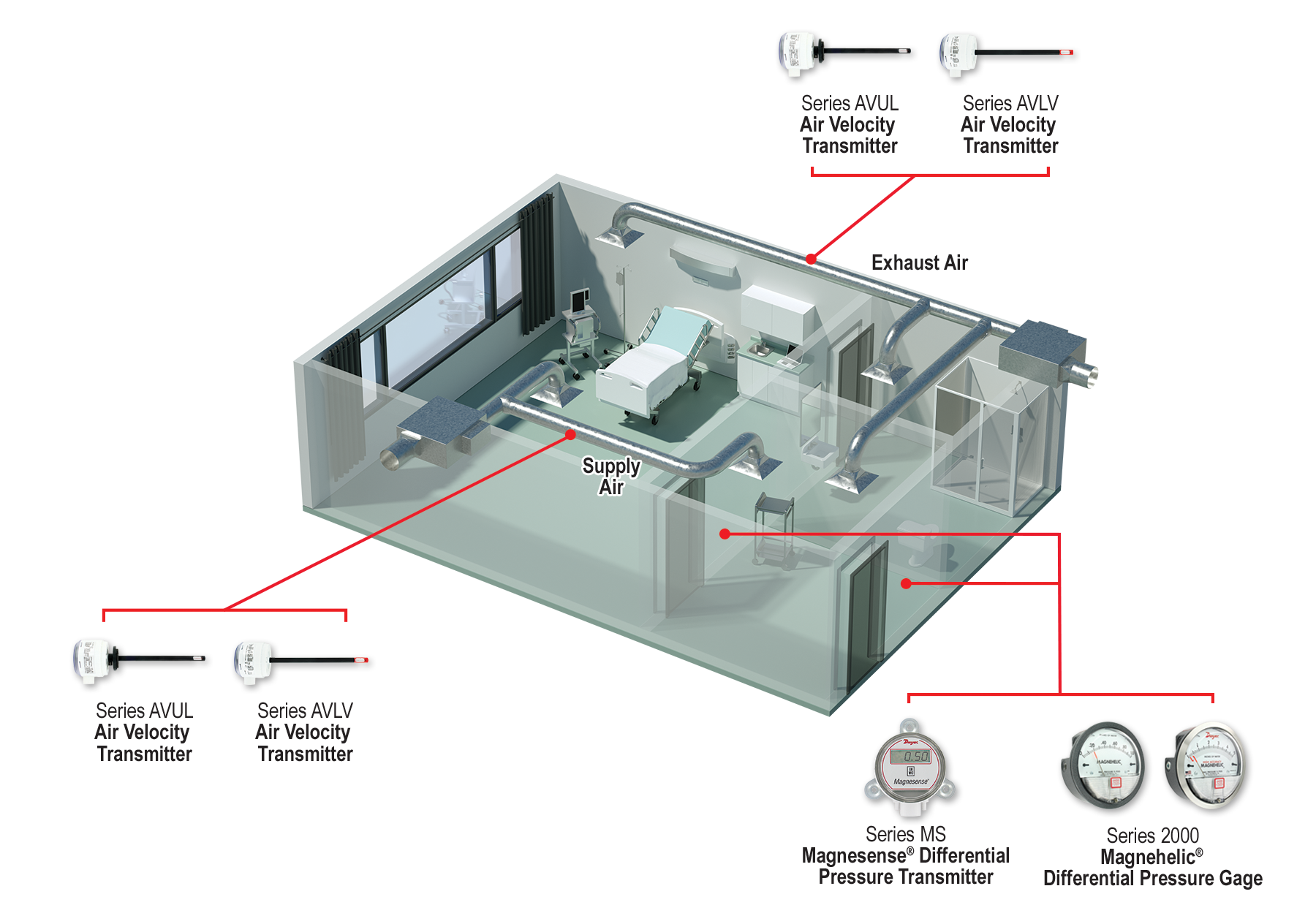
In addition, isolation rooms need to remain at specific pressures and air cycles, so as to not risk exposure of airborne contagions to other patients or healthcare professionals during treatment. Today we’ll be discussing some of the products that Dwyer manufactures that are used in these applications. Continue reading “Dwyer vs COVID-19 | Monitoring Air Flow & Pressure in Hospitals”


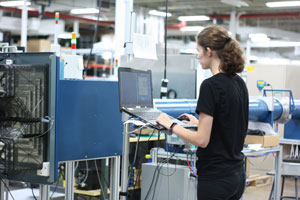


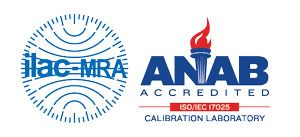
 Picture this: You’re driving on the highway and push your car’s speed to the limit. Suddenly, a police officer pulls up behind you. Your heart races and stomach drops. You hold your breath as your eyes quickly dash to your car’s speedometer, double-checking your speed. Luckily, you aren’t going over the speed limit. Just as the butterflies in your stomach start to settle, red and blue lights start flashing behind you. You slow the car and come to a stop. The officer tells you that you were going far faster than you thought that you were. Turns out, your speedometer is out of calibration. Now, not only are you running late, but you also owe the state a couple hundred dollars.
Picture this: You’re driving on the highway and push your car’s speed to the limit. Suddenly, a police officer pulls up behind you. Your heart races and stomach drops. You hold your breath as your eyes quickly dash to your car’s speedometer, double-checking your speed. Luckily, you aren’t going over the speed limit. Just as the butterflies in your stomach start to settle, red and blue lights start flashing behind you. You slow the car and come to a stop. The officer tells you that you were going far faster than you thought that you were. Turns out, your speedometer is out of calibration. Now, not only are you running late, but you also owe the state a couple hundred dollars.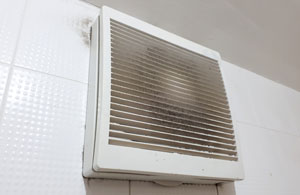
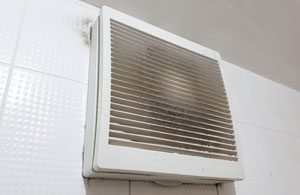 Differential pressure measurement can be beneficial in a wide variety of building automation system (BAS) applications.
Differential pressure measurement can be beneficial in a wide variety of building automation system (BAS) applications.